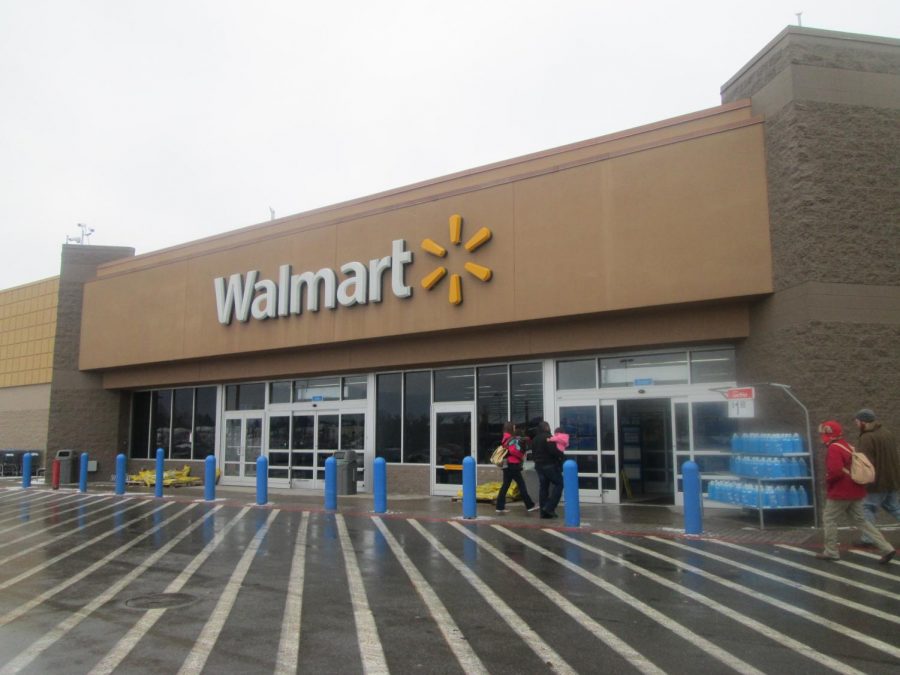Essential Workers In the Pandemic
September 27, 2020
Covid-19 has changed the way all of us have lived our everyday lives and it’s completely understandable as to why. It’s been 100 years since the world’s last pandemic so we are all living in uncertain times and none of us how to approach living in a pandemic. What we do know is that going outside can be dangerous, especially without a mask. The CDC even advises us to stay a safe distance of six-feet or more away from people to prevent the spread of the virus.
So if it’s dangerous to go outside, how can people go to work and make money to survive?
While many companies have allowed their employees to work at home, others don’t have that luxury. The U.S Department of Homeland Security defines essential workers as workers who “conduct a range of operations and services that are typically essential to continue critical infrastructure operations” more specifically retail workers, healthcare workers, and many others.
The life of an essential worker has changed dramatically throughout the evolution of the pandemic. “It was definitely weird at first,” explains Walmart employee Kaitlyn Johnson. “I didn’t really feel safe, but I needed the money.” Kaitlyn isn’t alone in this sentiment either. Sergio Pantoja, a senior at Forest Grove High School and Pizza Hut employee says that “I think it’s also a bit terrifying at times when you try to be as safe as possible for a customer, but you know yourself that it’s really not enough.” Many workers were hesitant to go to work in fear of catching the virus or even spreading it to their friends and family. Some companies provided their employees with hazard pay as an incentive to continue working. Walmart employees were compensated with a couple of hundred dollars per month while other companies, like McDonald’s, didn’t compensate their workers at all.
A shortage of supplies also became a problem for stores. At the beginning of the pandemic, workers had to worry about aggressive customers determined to get what they want. According to Autumn Henson, a supervisor at Walmart, “We had a shortage of in produce immediately… a lot of customers had gotten more aggressive in the beginning. A lot of the time I spent arguing with them because I was in charge and they didn’t believe me because of my age.” The age of essential workers vary. You could be talking to a sixteen-year-old retail associate or a 60-year-old pharmacist. That means that many of our students at Forest Grove have experience as essential workers. Chase Myrick, a senior at our high school, explains that “it actually hasn’t been too hard to handle. Switching to online schooling has really helped too.”
As an essential worker myself, my experience working during the pandemic varies. It did feel like we were a part of some post-apocalyptic thriller with the number of empty shelves that were constantly needing to be restocked and customers were not the best to deal with. Some treated us like heroes, constantly praising and thanking us for the work we do while others expected us to work even harder and faster because of the pandemic. Oddly enough, it was both stressful and relaxing at the same time. I had an excuse to leave my house and interact with people but somehow I also felt more isolated than ever. As the craziness of the pandemic slows, I just hope that everything can go back to normal. Be safe and wear your masks.












































































































































Tabitha Fitzgerald • Sep 28, 2020 at 10:07 am
I love your use of an interview and first-person experience! It really helps to take the article to another level!
Kaydence Royland • Sep 28, 2020 at 10:01 am
I actually really enjoyed read your article. My whole family can relate to almost everything you have said and the beginning actually pulled me in. Great job!
Danielle Murray • Sep 28, 2020 at 9:52 am
you’re my hero Gabby. excellent article. Good quotes and primary sources. 10/10 would recommend